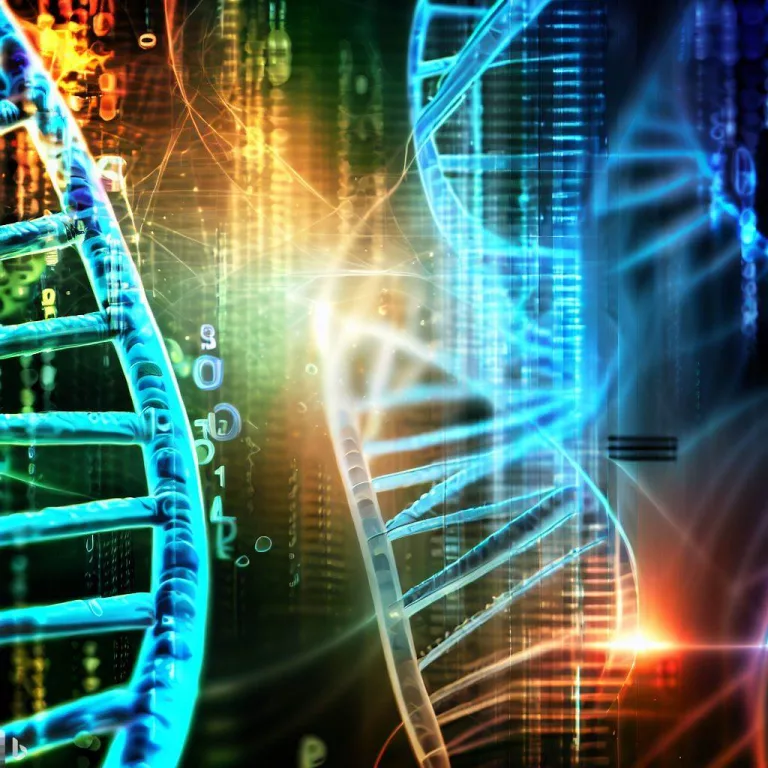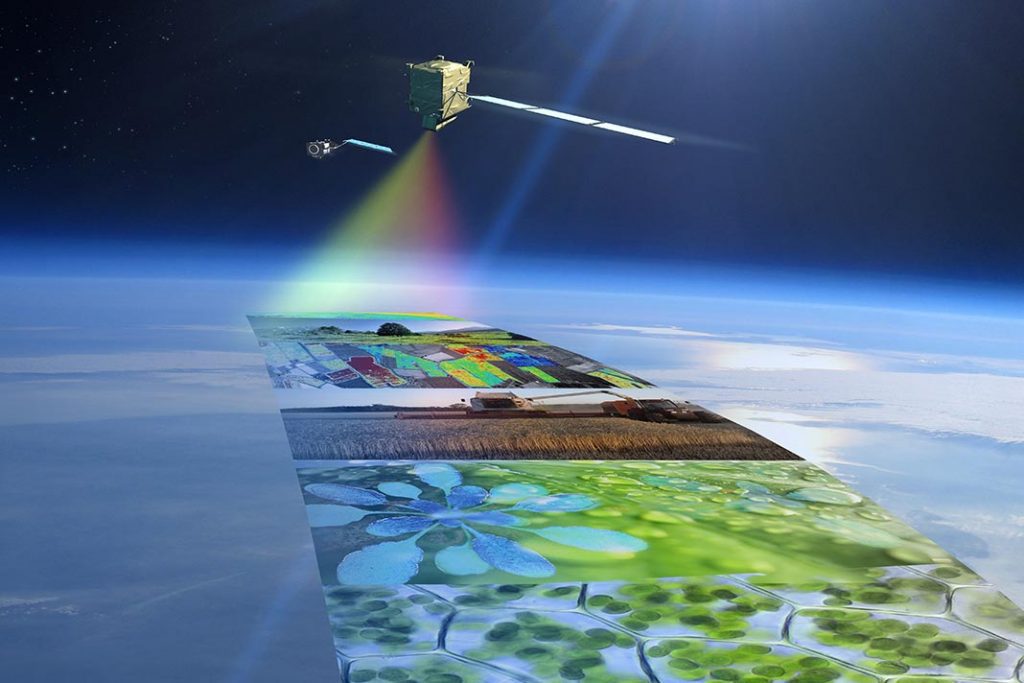Introduction to Bioinformatics
Bioinformatics is a multidisciplinary field that lies at the intersection of technology and biology. It involves the application of computational methods and tools to analyze and interpret biological data on a large scale. With the advancements in technology, bioinformatics has become an indispensable tool in various areas of research and industry.
The Convergence of Technology and Biology
In recent years, the convergence of technology and biology has revolutionized the field of bioinformatics. This convergence has enabled scientists to process and analyze vast amounts of biological data, leading to groundbreaking discoveries and advancements. The integration of Environmental Data Science, Machine Learning, and Artificial Intelligence has further accelerated the progress in bioinformatics.
Key Applications of Bioinformatics
Bioinformatics has found applications in numerous areas, with some of the most notable ones being genomics and personalized medicine, drug discovery and development, agricultural biotechnology, and environmental monitoring and conservation.
Genomics and Personalized Medicine
Genomics has revolutionized our understanding of the human genome and its impact on health and disease. Through bioinformatics, researchers can analyze large-scale genomic data to identify genetic variations and understand their role in various diseases. This knowledge is critical in developing personalized medicine, where treatments can be tailored to an individual’s genetic makeup.
read more: The Role of Technology in Advancing Scientific Research
Drug Discovery and Development
Bioinformatics plays a crucial role in accelerating the drug discovery and development process. By analyzing vast databases of molecular structures and biological interactions, scientists can identify potential drug targets and design more effective therapies. This approach not only saves time and resources but also increases the success rate of new drug candidates.
Agricultural Biotechnology
With the global demand for food increasing, agricultural biotechnology has become increasingly important. Bioinformatics helps in optimizing crop productivity, developing disease-resistant varieties, and enhancing nutritional content. By analyzing genetic data, scientists can identify genes responsible for desirable traits and incorporate them into agricultural practices.
Environmental Monitoring and Conservation
Bioinformatics aids in understanding the impact of human activities on the environment and contributes to conservation efforts. By analyzing environmental DNA, researchers can assess biodiversity, detect endangered species, and monitor ecological changes. This information is valuable in making informed decisions regarding conservation strategies.
How can technology help conserve biodiversity?
Challenges and Limitations in the Field
Despite its remarkable achievements, bioinformatics faces several challenges and limitations that need to be addressed.
Data Storage and Management
Data storage and management pose significant challenges in bioinformatics. The sheer volume of biological data generated requires efficient storage and retrieval systems. Additionally, ensuring data integrity and privacy is crucial for maintaining the trust and security of sensitive information.
Read more about Cloud Storage vs Local Storage for Environmental Data
Computational Power Requirements
Bioinformatics analyses demand substantial computational power. The complex algorithms and simulations used in data analysis and modeling require high-performance computing infrastructure. Ensuring access to these resources is essential for advancing bioinformatics research.
Read more about Unlocking the Power of Cloud-Enabled Environmental Data Analytics: Benefits and Opportunities
Interdisciplinary Collaboration
Bioinformatics involves the collaboration of experts from various disciplines, including biology, computer science, statistics, and more. Effective interdisciplinary collaboration is crucial for integrating diverse expertise and fostering innovation in the field.
Future Prospects for Bioinformatics
The future of bioinformatics looks promising, with several emerging technologies and techniques on the horizon.
Emerging Technologies and Techniques
Advancements in technologies such as next-generation sequencing, single-cell sequencing, and metagenomics are expanding our understanding of biological systems. These technologies generate vast amounts of data, which require sophisticated bioinformatics tools for analysis and interpretation.
Potential Impact on Healthcare, Agriculture, and Environment
The continued progress in bioinformatics is expected to have a profound impact on healthcare, agriculture, and the environment. Personalized medicine will become more accessible, crop yields will increase, and conservation efforts will be more effective, leading to a healthier and more sustainable future.
Conclusion
In conclusion, bioinformatics plays a crucial role in bridging the gap between technology and biology. Its applications in genomics, drug discovery, agriculture, and environmental monitoring are transforming various industries. While challenges exist, the future prospects for bioinformatics are promising, and with continued advancements, we can expect significant contributions to healthcare, agriculture, and environmental conservation.
Next Steps
Round Table Environmental Informatics (RTEI) is a consulting firm that helps our clients to leverage digital technologies for environmental analytics. We offer free consultations to discuss how we at RTEI can help you.


